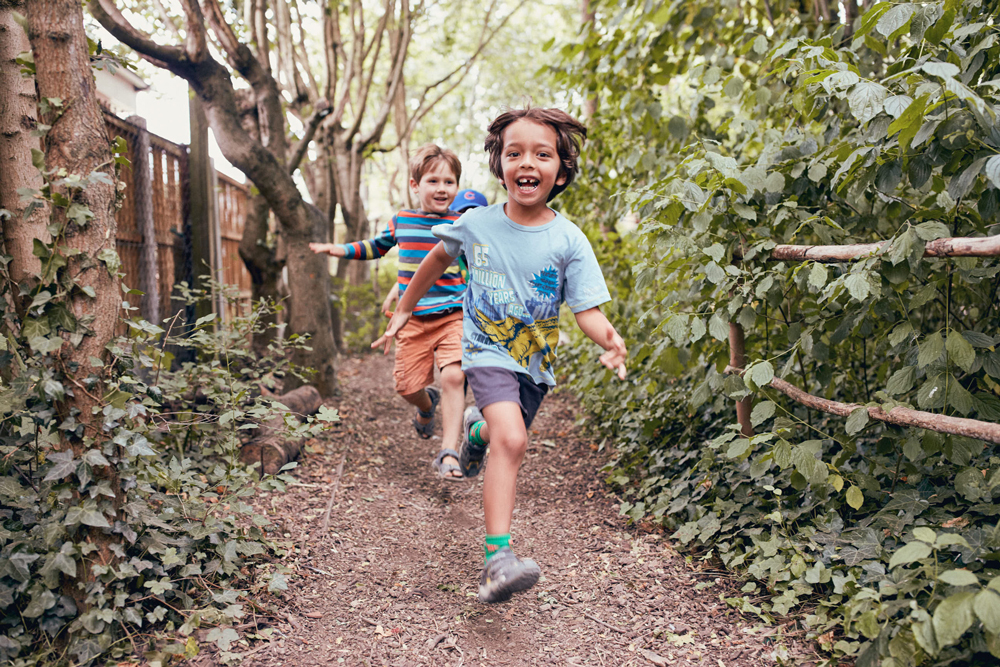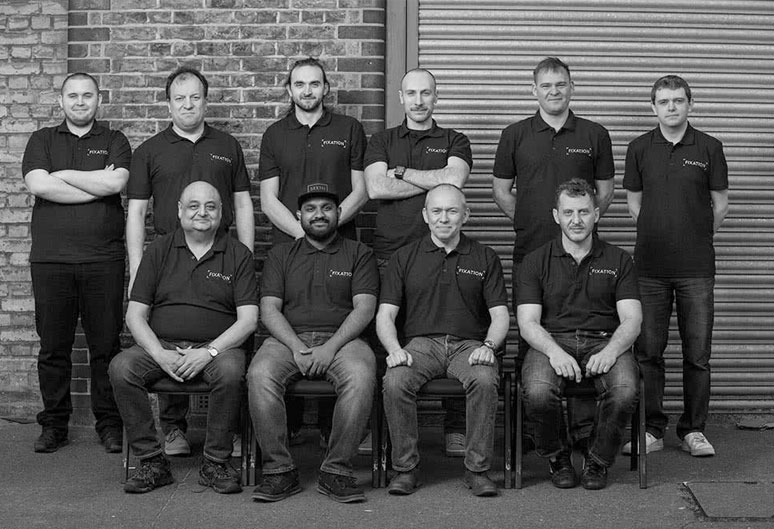Longtime Canon user Jack Terry tests the Canon 35mm ƒ/1.4L Mk II and tries the 24-70mm ƒ/2.8L Mk II against his original Mk I version.
Investing in lenses is not something any photographer takes lightly. Once you have a set it’s not often that you want to go changing them, despite brands constantly pushing an updated version and striving to find a reason for you to upgrade to their latest model.
I have a general rule that I only upgrade or invest in new equipment if it will do two, or preferably three of these three things. Directly generate revenue, speed up my workflow, or provide a drastic and noticeable difference to the existing product.
After using my set of Canon lenses for almost 10 years, the Mk II versions had me asking myself the question, should I make the move and can I justify it?
To help with the decision, Fixation lent me a 35mm ƒ/1.4L II and a 24-70mm ƒ/2.8L II to shoot a recent personal project “Little Rascals”. The project is a documentary study of a children’s charity and I wanted to shoot it on my own with no assistants and minimal kit.
 Little Rascals | © Jack Terry
Little Rascals | © Jack Terry
Photographing kids is something I really enjoy. They are refreshingly inquisitive about everything and then moments later are engrossed in their own world of play and it’s like you don’t even exist. This is something I rely on to get in close and capture the natural moments that are over in seconds.
 Little Rascals | © Jack Terry
Little Rascals | © Jack Terry
I used to spend my life shooting on a 50mm ƒ/1.2L for two reasons: firstly I always shoot wide open and it is a beautiful lens, but mainly because I found my original 24-70mm ƒ/2.8L to lack in quite a few areas. The problem with the 50mm is it can be a bit narrow for lifestyle. Shooting this project with the new 24-70mm was a revelation. It gave me the image quality of my primes, but with the versatility that I had forgotten existed with zooms.
 Little Rascals | © Jack Terry
Little Rascals | © Jack Terry
Although the focal lengths overlap, I found the combination of the two lenses perfect for this project. With the zoom I could pick little details from a far, or shoot wides of crazy kids running towards me. Changing to the 35mm let me get in close and throw the background out of focus. I would go as far as saying that the 35mm Mk II is the most perfect Canon lens I have ever used. It is the perfect focal length for my work and has a mystical quality to it that just looks different. I felt like images shot on it had more depth to the tones and it gave a beautiful representation of everyday life. It is razor sharp in the right areas while still looking natural and the focus is really quick.
 Little Rascals | © Jack Terry
Little Rascals | © Jack Terry
Unlike things like lighting or digital equipment that can be hired out in addition, a photographer is expected to supply lenses, so that discounts my first rule of generating revenue. The question is, do these lenses tick the other two boxes to justify the upgrade?
 Little Rascals | © Jack Terry
Little Rascals | © Jack Terry
On commissions recently I have regularly shot the whole day just on the 24-70mm. The change in my workflow has been drastic and not swapping lenses so much allows me to focus on what I need to instead. The image quality paired with a 5DS is capable of billboard level images with no problem at all. Images are always razor sharp and have a contrast and depth to them that didn’t exist in the Mk I version. That combined with the fact that I just sold my Mk I for £550 after buying it new for £800 makes the upgrade unquestionable. If you still have the Mk I 24-70mm, sell it and upgrade. You can thank me later.
 Little Rascals | © Jack Terry
Little Rascals | © Jack Terry
In regards to the 35mm ƒ/1.4L II this is less of a black and white answer and driven by something unquantifiable that the sensible side of my brain and my accountant would be shouting at me to ignore. I found this lens an absolute joy to use, the ergonomics are perfect and it sits really nicely in the hand. If you shoot people you should have a 35mm lens, the question is do you need the new one?
I shoot into the sun a lot and always wide open. Chromatic aberration is something I am used to getting a lot of and I spend a large amount of time correcting in post. This lens all but removes it in camera which is amazing for my workflow. In terms of sharpness it is brilliant, however the mkI version is pretty good too. I am left with the dilemma that I can only honestly tick one of my three boxes. This is my favourite Canon lens by a long shot and from the project the majority of selected images were shot using it. The question is do I and do you need one? All I can suggest is hire one from Fixation and find out for yourself, but be careful it will be a tough one to return.
To try either of these lenses simply hire from our sister company Wex Rental:
You can also take advantage of our special weekend rates – 3 days hire for the price of 1.
To see more of Jack’s work, visit his website here



 Mick
Mick
 David
David Stuart
Stuart Alfie
Alfie

 Noz
Noz Chris
Chris Joy
Joy
 Here’s a useful tip for Nikon users: You see this screw? This 2mm screw that can be found tucked on the side of the bayonet on all Nikkor lenses? Well, if it falls off it can cause a lot of expensive damage!
Here’s a useful tip for Nikon users: You see this screw? This 2mm screw that can be found tucked on the side of the bayonet on all Nikkor lenses? Well, if it falls off it can cause a lot of expensive damage!














